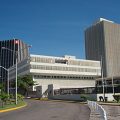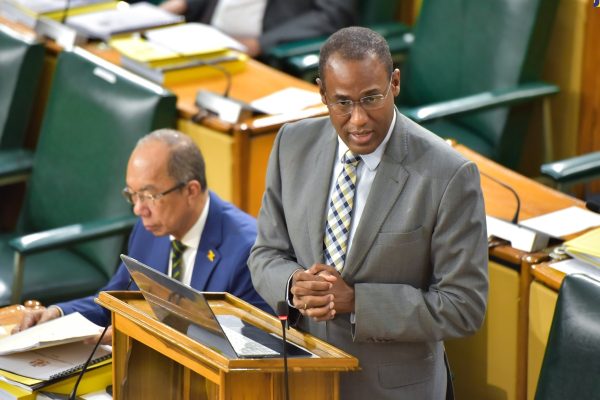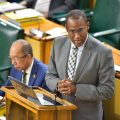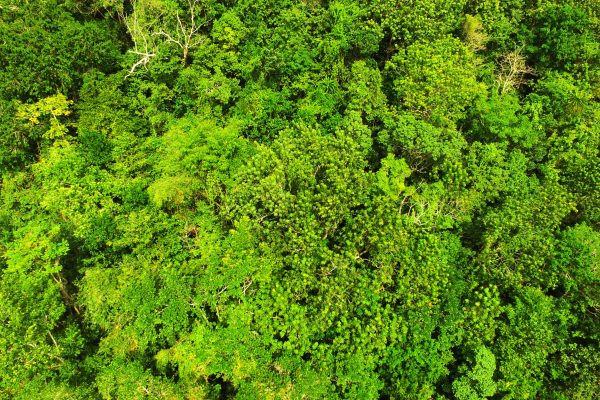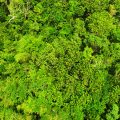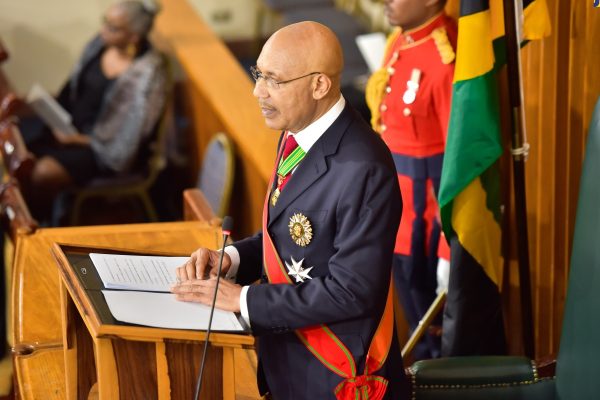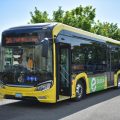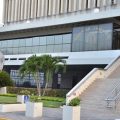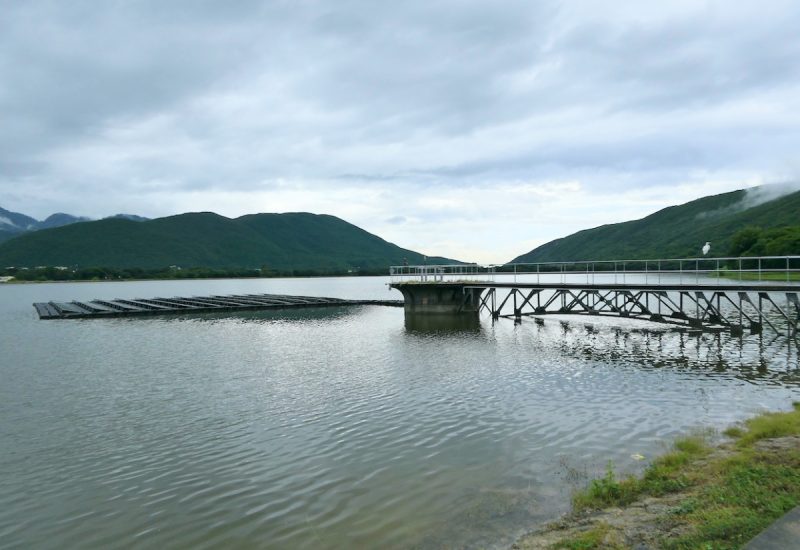
The Facts:
The Government is making major investments in Jamaica’s water sector infrastructure to improve resilience by 2030. These investments include 21 major projects and 44 minor systems being done this fiscal year (2023/24) by the National Water Commission (NWC).
The investments are being undertaken in initiatives focusing on the country’s distribution network, irrigation capacity, decentralised storage at community levels, and improving processing capacity as well as upgrading of approximately 100 pumping stations.
The major projects include the Greater Mandeville Water Supply System in Manchester, the Rio Cobre Water Treatment Plant in St. Catherine, the Essex Valley Irrigation Scheme and the Pedro Plains Irrigation Scheme both in St. Elizabeth, the National Non-Revenue Water Project and the replacement of the major supply lines in Western Jamaica.
Govt investing in water sector
The Government is making major investments in Jamaica’s water sector infrastructure to improve resilience by 2030. These investments include 21 major projects and 44 minor systems being done this fiscal year (2023/24) by the National Water Commission (NWC).
The investments are being undertaken in initiatives focusing on the country’s distribution network, irrigation capacity, decentralised storage at community levels, and improving processing capacity as well as upgrading of approximately 100 pumping stations.
The major projects include the Greater Mandeville Water Supply System in Manchester, the Rio Cobre Water Treatment Plant in St. Catherine, the Essex Valley Irrigation Scheme and the Pedro Plains Irrigation Scheme both in St. Elizabeth, the National Non-Revenue Water Project and the replacement of the major supply lines in Western Jamaica.
US$50 million is being deployed into the irrigation system in Essex Valley in St. Elizabeth while the government is in negotiations with a partner to implement the Pedro Plains Irrigation System.
Meanwhile, the contract for developing the Content Water Treatment Plant in St. Catherine has been signed and this will put 15 million gallons daily into the Corporate Area and significantly reduce the water challenges that are being experienced throughout Kingston and St. Andrew and Portmore. This is a major investment that will be about US$77 million.
Additionally, the Floating Solar Plant Project for the Mona Reservoir in St. Andrew is slated to get under way soon. The project will see a floating solar system being installed at a cost of approximately US$60 million that will produce 45 megawatts of clean energy.
This investment is not being made by the Government of Jamaica; it is being done as a Public Private Partnership, and the ultimate value to the National Water Commission would be more than one billion Jamaican dollars a year, which is the approximate energy bill for a month. The upgrading of the 100 pumping stations is also under way.
The implementation of the Non-Revenue Water Programme has also been a critical component of building resilience. In 2015, Kingston and St. Andrew’s non-revenue water source was in the range of 72 per cent and now that figure is down to 38 per cent, meaning significantly less water is being pumped into the ground. The Non-Revenue Water programme is also being undertaken in Portmore, St. Catherine.
The Government is currently out to tender for a national non-revenue water partner which is being done as a Public-Private Partnership with major investment in the infrastructure. It increases storage, it revitalises the distribution network, it installs pressure monitoring gauges, and it also changes the meters at the household level. This has resulted in significant success in reduction in damage, in wasted water and in electricity bills.
The Government has also initiated the preparation and planning stage for the Mahogany Vale Dam project in St. Thomas. The project will form part of a major integrated water and energy project utilising the well-established Pumped Hydro Storage and Hydro Electricity concepts.
The project was first proposed in a 1967 report as a solution for augmenting the potable water supply for the city of Kingston. It was later abandoned in favour of a less capital-intensive but lower yielding Rio Cobre Water Supply Scheme in the early 1970s.
This project creates major opportunities as it is a huge dam, and depending on the designs, it could result in the range of US$1 billion being invested as it builds energy and water resilience, certainly for the next century.
It is one that the government is committed to working with the partners, certainly the GCF (Green Climate Fund) and others in the international sphere, to get financing to ensure that the assessments of the hydrology are correct, to do the technical work on the land usage and to ensure the relocation of persons. An Inter-Government Working Group will be convened for the project as the Government is committed to undertaking strategies to build the country’s water resilience.
In 1983, the Yallahs Pipeline Project was started as the first phase of the Blue Mountain Water Supply Project, which included the building of a tunnel, a dam and a hydroelectric station. The Pipeline was completed in 1986 and now brings water from the Yallahs and Negro Rivers in St. Thomas to the Mona Reservoir to meet the needs of parts of Kingston and St. Andrew.
The country’s electricity retailer, the Jamaica Public Service Co. Ltd., (JPS) currently has 7 hydroelectric plants with a total installed capacity of 26 megawatts. These are in White River and Roaring River in St. Ann, Rio Bueno in Trelawny, Maggotty in St. Elizabeth and Constant Spring in St. Andrew.
And the government is making national recommendations for all new residential, commercial and institutional (including schools), industrial and office buildings to be constructed with rainwater harvesting capabilities to augment potable and non-potable water supply.
There is also a move to increase water resilience at the household level and the Government is partnering with the Inter-American Development Bank (IDB), to distribute, and install 3,000, 400-gallon water tanks with supporting infrastructure for rainwater harvesting in the constituencies which were hardest hit by the drought in the first 6 months of this calendar year.
This pilot for the project has benefitted from IDB grant funding of $60 million Jamaican dollars to purchase the tanks. The Ministry of Economic Growth and Job Creation, through the Rural Water Agency will provide funding of $250 million Jamaican dollars to facilitate the coordination of the project, and deployment of water harvesting systems and tanks.
The method of selection used the data from the Meteorological Services and was also scrutinized by the IDB in approving the use of grant funds for the purchase of these tanks.
The Constituencies which will participate in the Pilot program are predominantly in the Eastern part of the country.
They include: - East & West Rural St Andrew - East and West St. Thomas - East and West Portland - South East St. Mary, Central St. Mary, Western St. Mary - The southern belt of St Ann including South East and South West St. Ann - The hilly northern belt of Clarendon, including Northern, North Central, and North West Clarendon.
In October 2022 to March 2023, Jamaica received cumulatively the lowest rainfall ever for this period since records have been kept. In February 2023, Kingston and St. Andrew received only 8% of its 30-year average rainfall. Over the last 12 months, October 2022 to September 2023, every month except June has seen less rainfall than the previous year and less than the 30-year average. In July and August, Jamaica broke temperature records, with the highest average temperature ever recorded.
Meanwhile, the Water Resources Authority, (WRA) routinely monitors streamflow at 133 river gauging stations and groundwater levels at 320 well sites throughout Jamaica.
The river gauging stations containing gauges that record the daily flow of the river at a particular point. There are 100 fully automatic gauges and 33 manual gauges used to collect streamflow data. Automatic gauges are housed in pipe wells and stilling wells across the island.
The WRA participates in the development of national water and wastewater standards for Jamaica, conducts water quality assessments and studies islandwide, and participates in the Government of Jamaica’s Environmental Impact Assessment (EIA) review process. The WRA also develops procedures and mechanisms to prevent and mitigate against pollution of Jamaica’s surface water and underground water.
The major activities of the Water Resources Authority (WRA) include hydrologic data collection, compilation, and analysis; water resources investigation, assessment, and planning; water resources allocation; and environmental monitoring and impact assessment.

